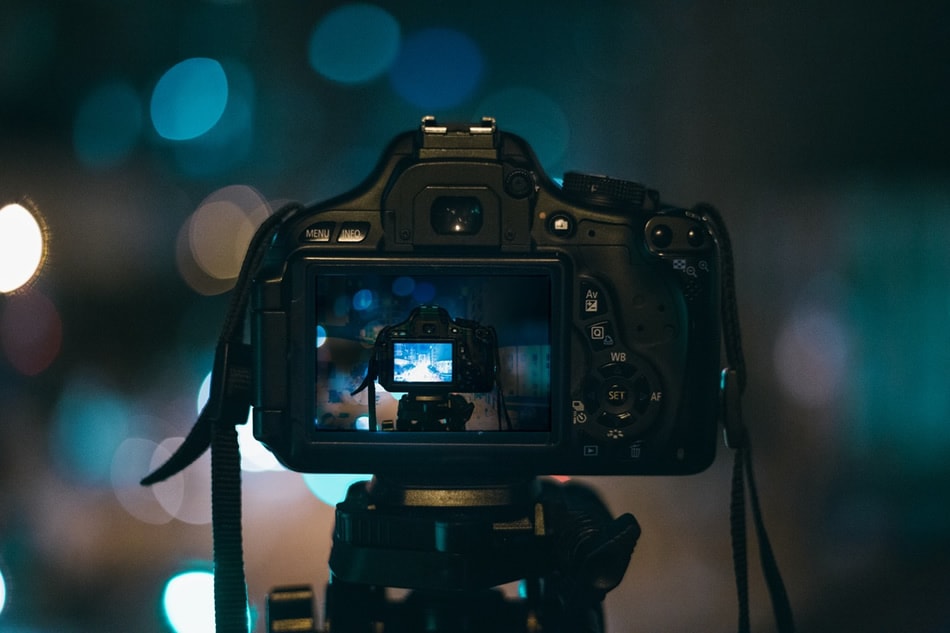4 Photography Mantras That Aren’t Always True
There are a lot of commonly accepted ‘truths’ in photography that aren’t always correct. And whilst they’re all useful adages to stick to at times, some rules are made to be broken! Let’s have a look at some of these so-called truths…
Always use as low an ISO as possible
When digital cameras were first introduced, they simply didn’t work very well at high ISOs. In fact, at any ISO over 400 the grain (known as ‘noise’ in digital terminology) was so bad that it made images almost unworkable. So most photographers learnt very quickly to shoot at the lowest ISO they could!

Of course, technology moves on and digital cameras are no exception. Manufacturers have worked hard on the ISO capability of cameras, and nowadays you can happily shoot at high ISOs on them with no discernable loss of quality. Noise now bears more resemblance to the grain you used to find on film and can be quite attractive.
I still believe, however, that a low ISO produces the most appealing images although a lot of this is personal preference as a portrait photographer. But, if the need arises, I’m no longer worried about using a higher ISO as the results are still visually good.
A shallow depth of field makes for better photos
A small depth of field can really make images pop. It’s particularly useful when shooting portraits, as it helps to isolate the subject from the background. This creates a very strong image and helps to focus the attention onto your subject. A shallow depth of field means that you can focus on your subject’s eyes and create a connection with the viewer of the image.
However, a shallow depth of field doesn’t always make for better photos, contrary to popular belief. For instance, if you’re shooting a landscape you need everything to be sharp and in focus, with a large depth of field. But it’s not just landscapes that need a large depth of field. Some scenes with people in can work equally well when everything is in focus. The key is to locate your main subject, but then see if the surroundings add anything to your image. Sometimes they can be vital for setting a scene and capturing a mood.
An image isn’t any good unless it’s technically perfect
As photographers, we all strive to get our images technically perfect. And certainly, if you’re shooting in a controlled studio environment, you want your images to be perfectly lit and perfectly composed. It’s important to master the essentials of photography, such as light, sharpness, composition, correct exposure and image quality, and you can’t really call yourself a photographer if you don’t understand the technical aspects.
But that’s not to say that an image is no good if it isn’t ‘technically perfect’. One of my most popular images has a slightly over-exposed area in the corner, where the sun is shining. But the subjects of the photo are incredibly happy and it’s a lovely joyous moment that’s been captured. On occasions a slightly over or under exposed image can work really well, or an unusual composition will add an interesting dimension. If the subject matter is strong enough, a slight technical deficiency won’t detract from its strength.
Always use a tripod
There’s no doubting that tripods are very useful – especially if you’re shooting at night or in the ‘Golden Hour’ and want a long exposure to capture all the colours in the sky. They’re also very useful for capturing running water and creating the ethereal misty look you can get from a long exposure.
But tripods aren’t essential, and aren’t always practical. Sometimes you don’t want to be carrying a heavy tripod, and you can often find a convenient wall or bench to rest your tripod on for a long exposure. The other reason you might not need a tripod relates back to my first point about ISOs. Modern DSLR cameras work much better at high ISOs, meaning that if you’re shooting at night you can probably just raise the ISO instead of using a tripod.
Hopefully these views will help you look at your photography in a new way, and encourage you to try out some new types of imagery. Have fun!
